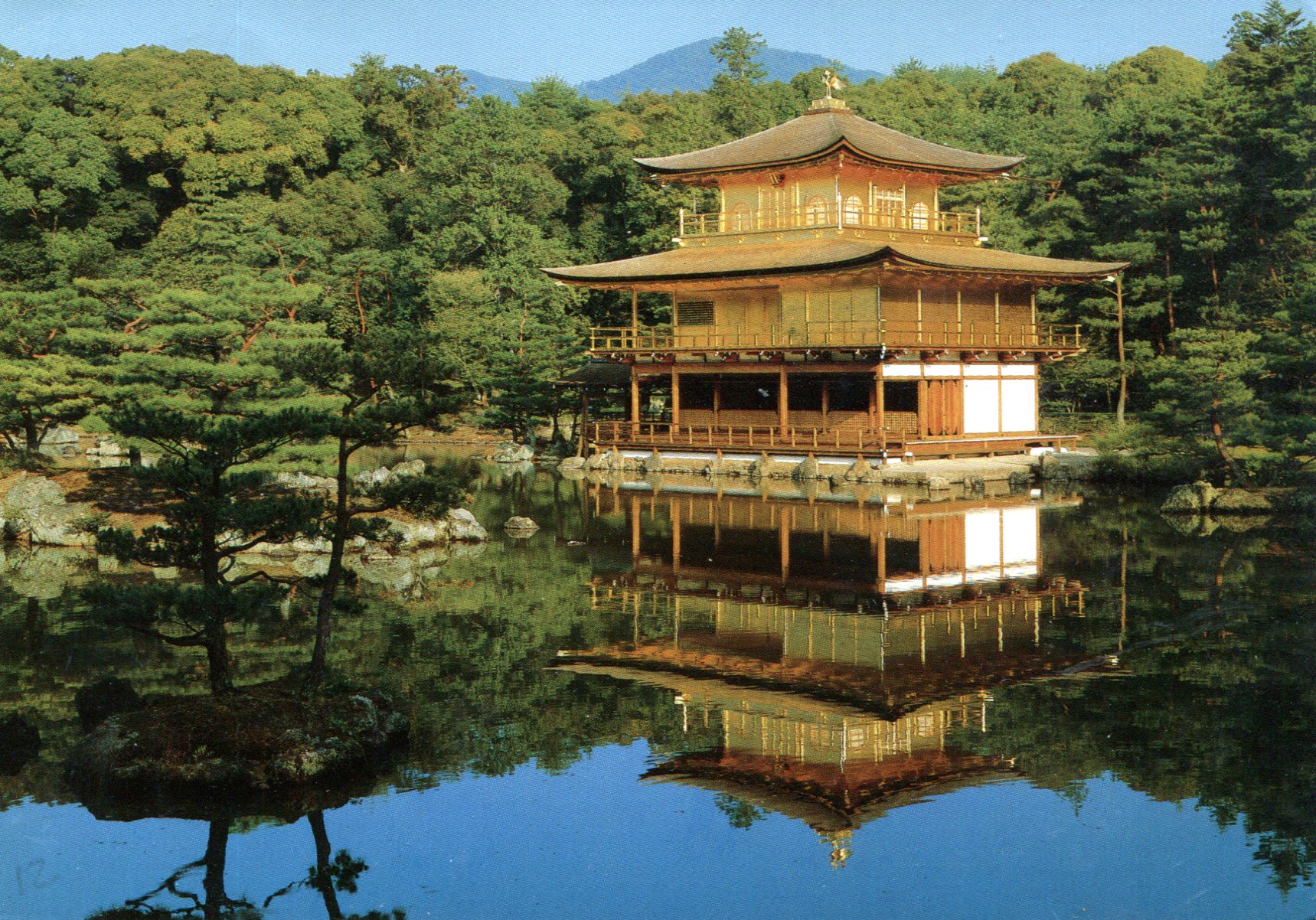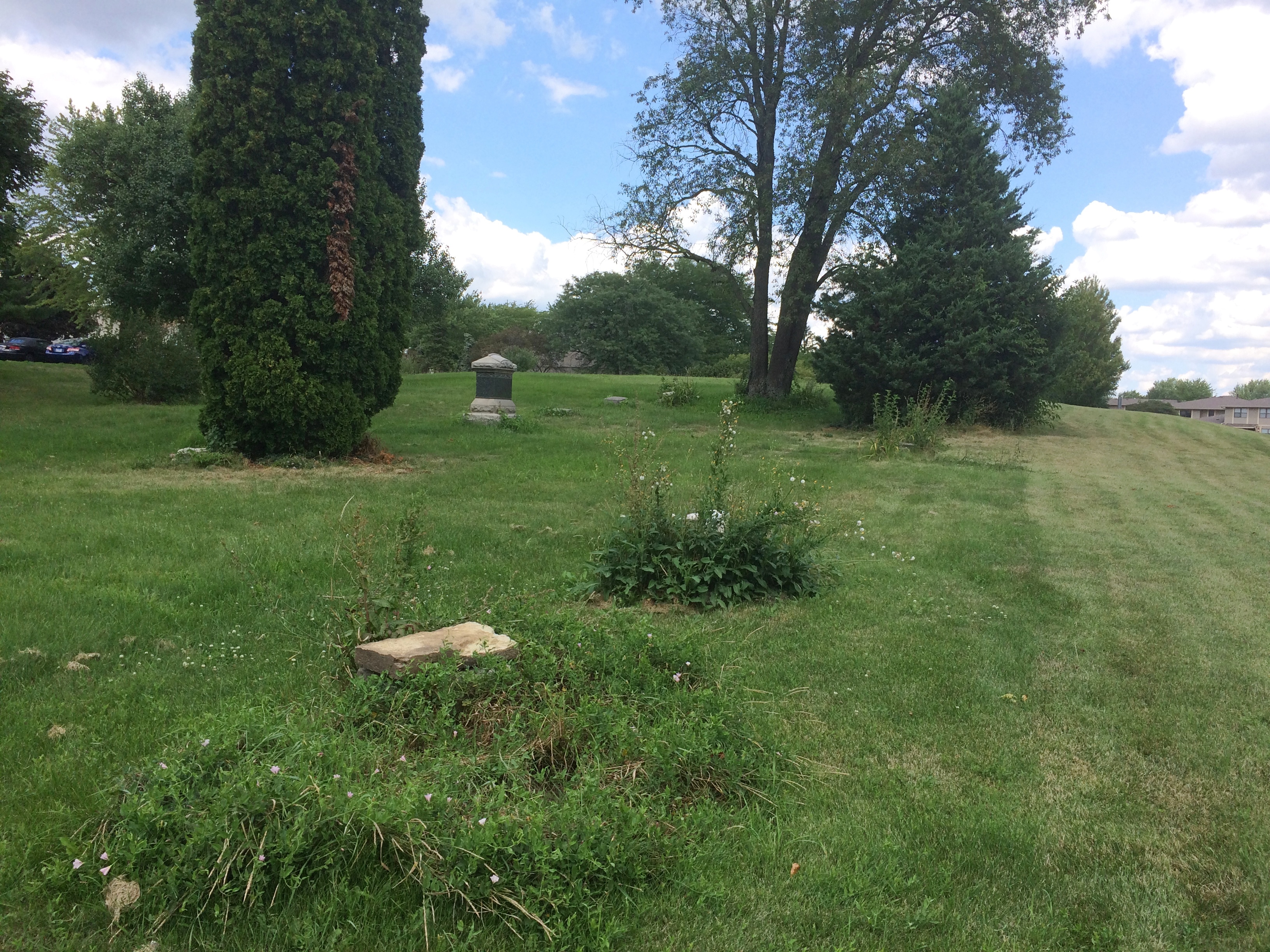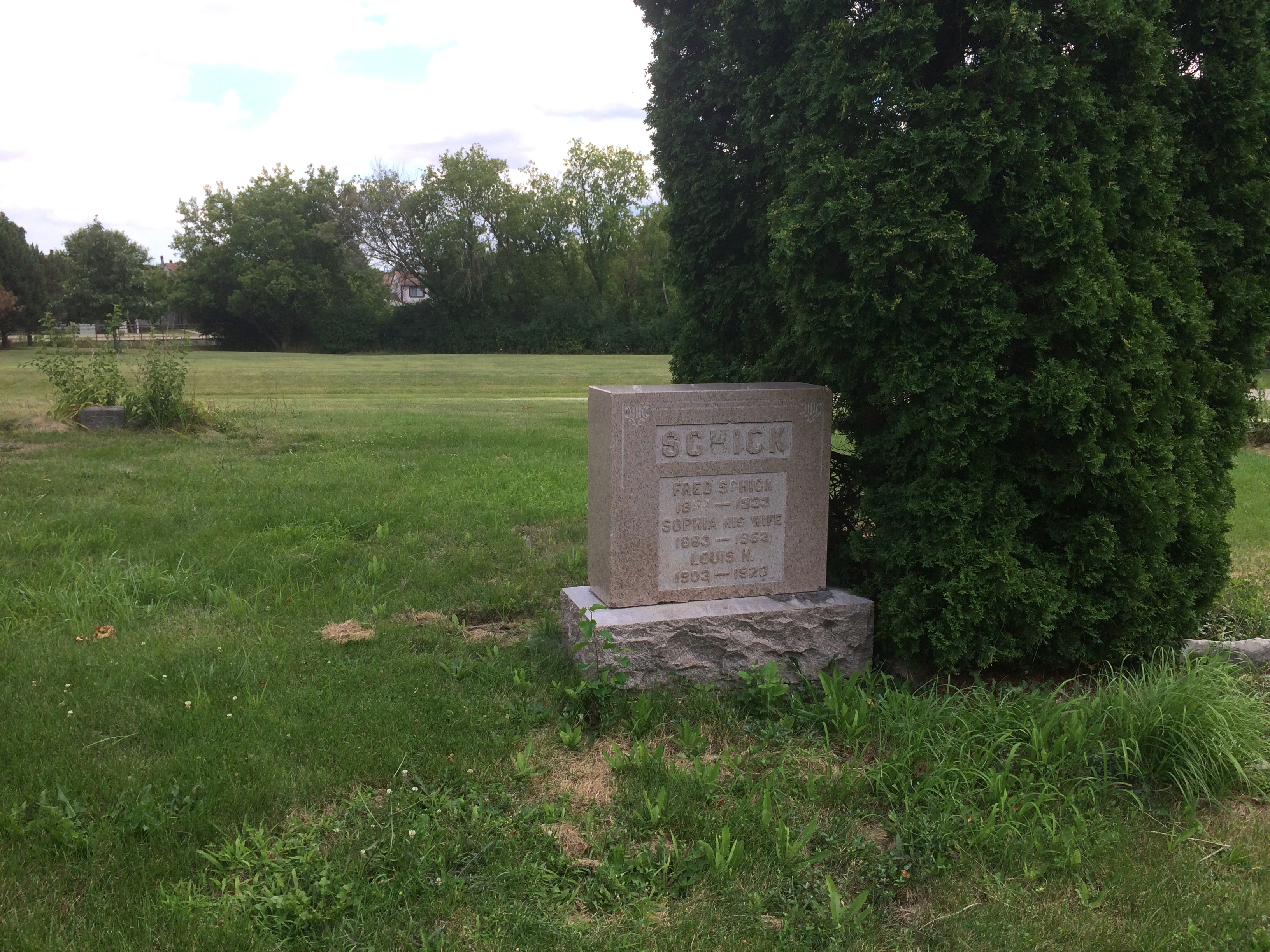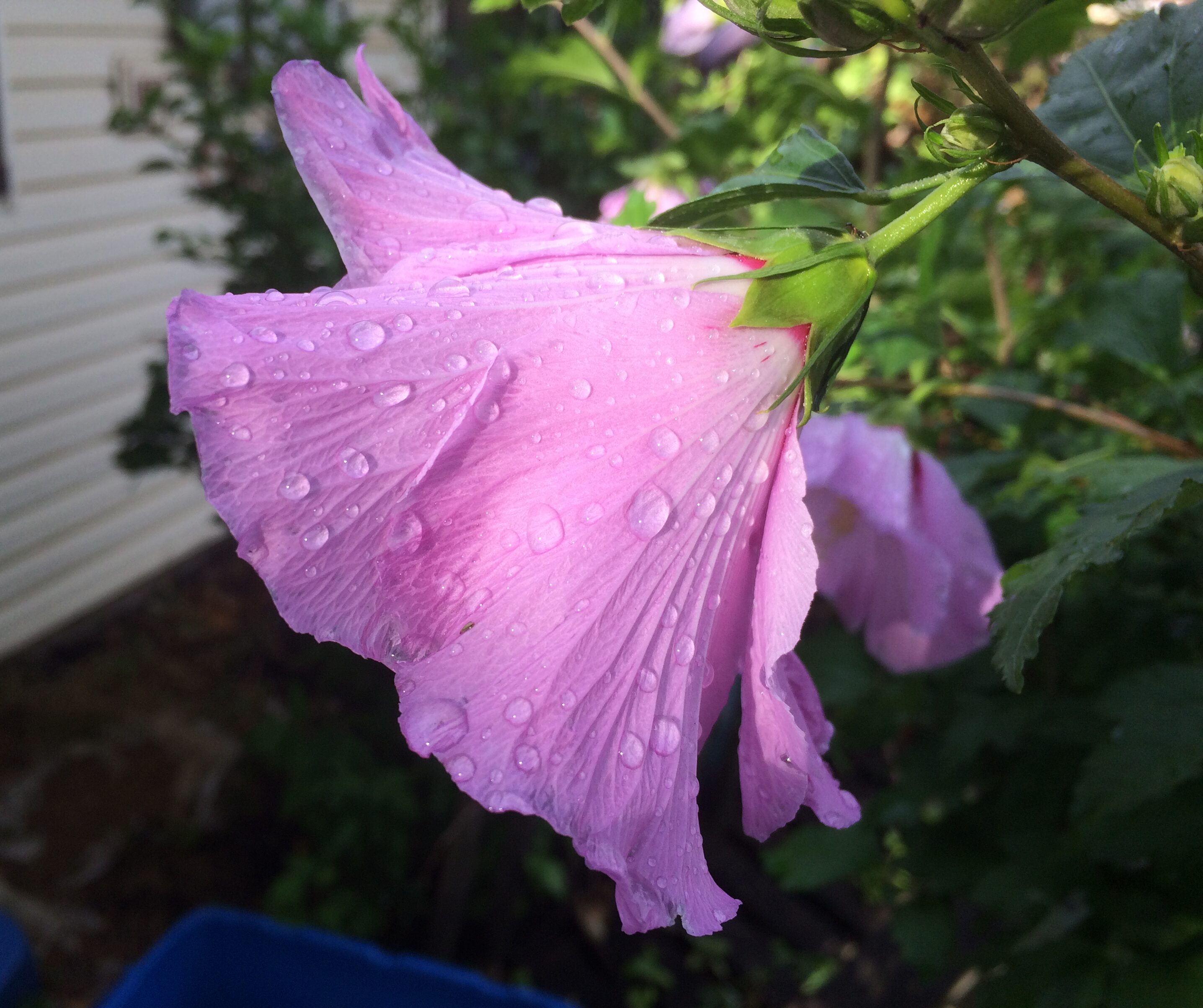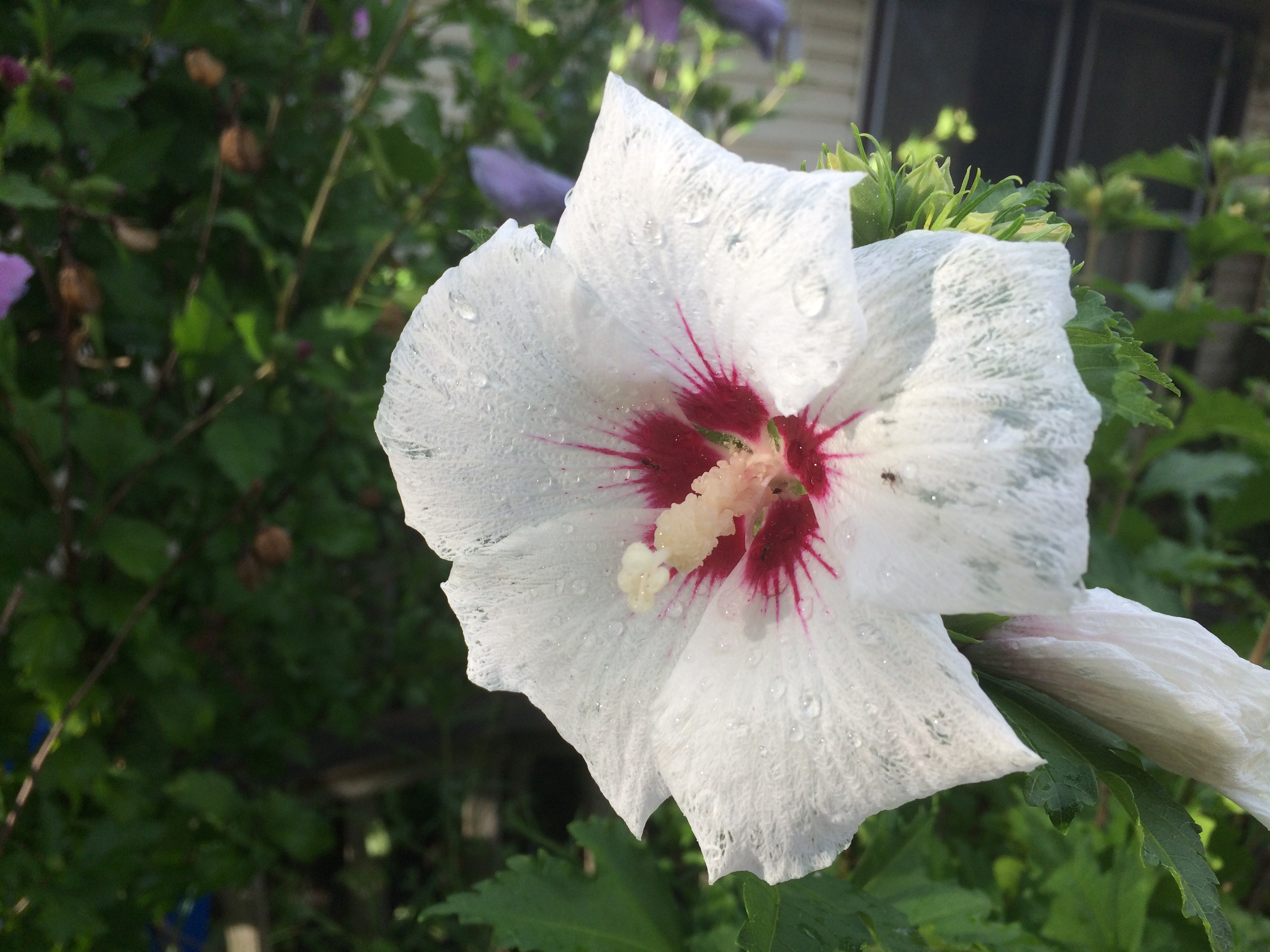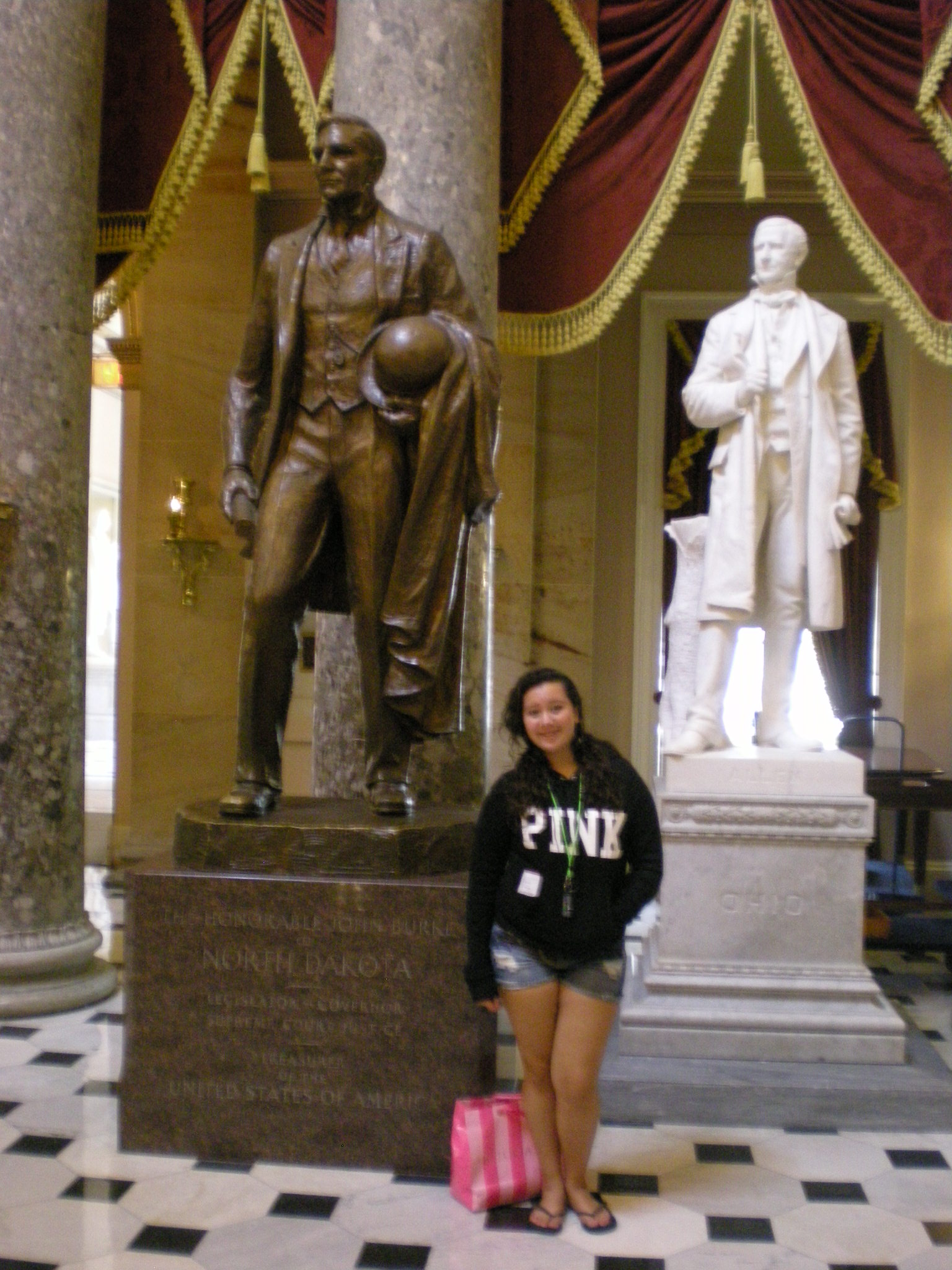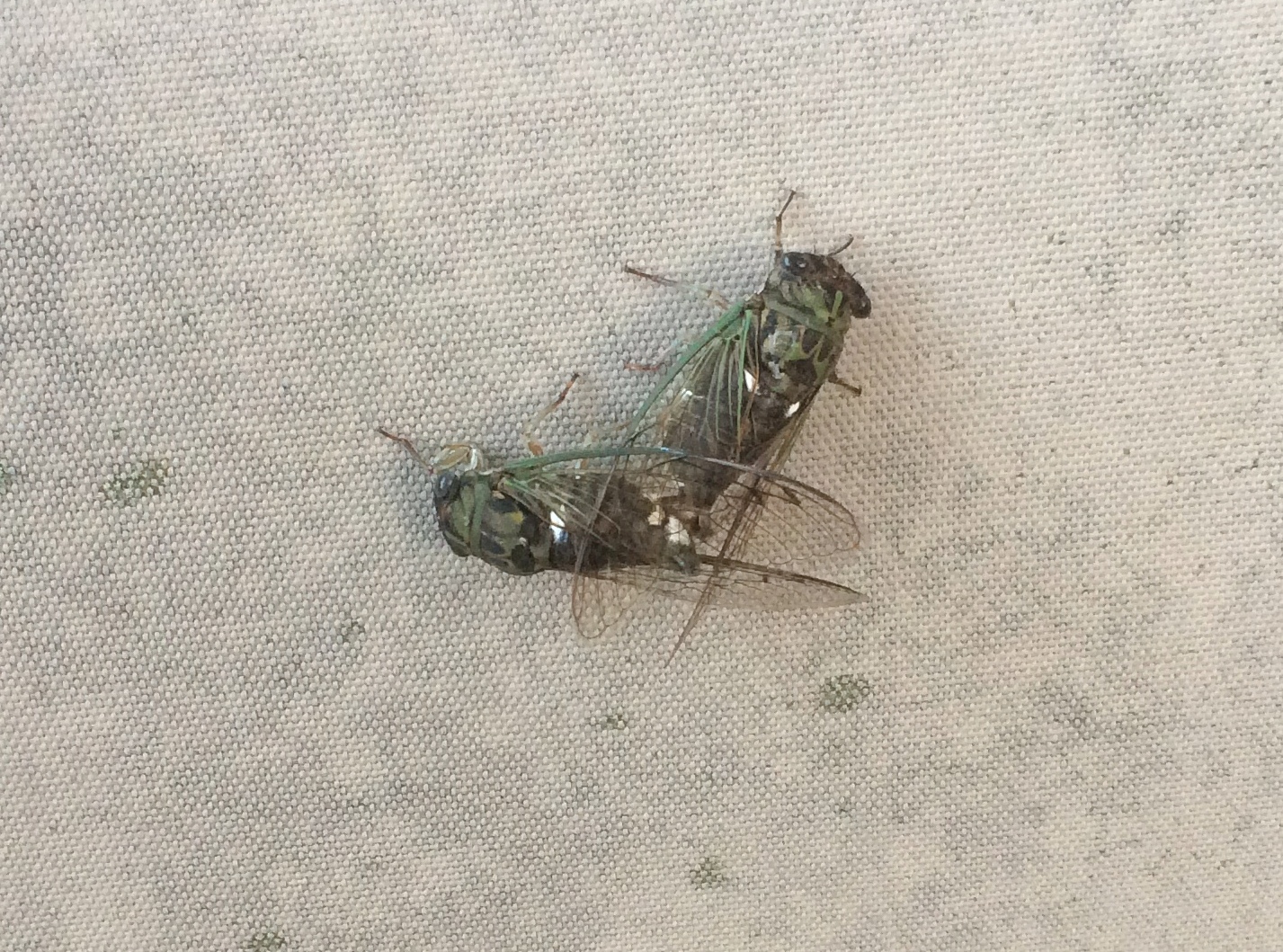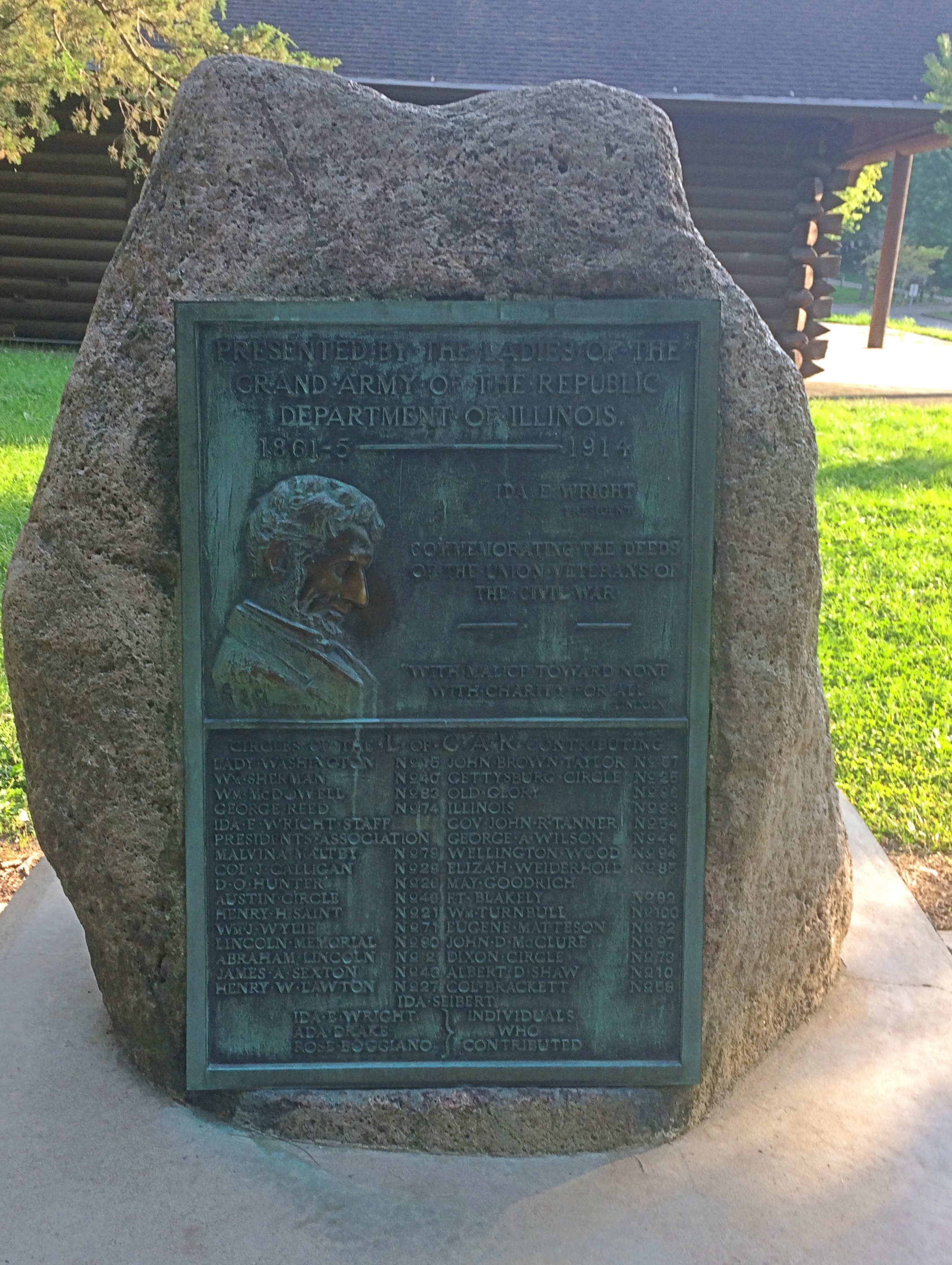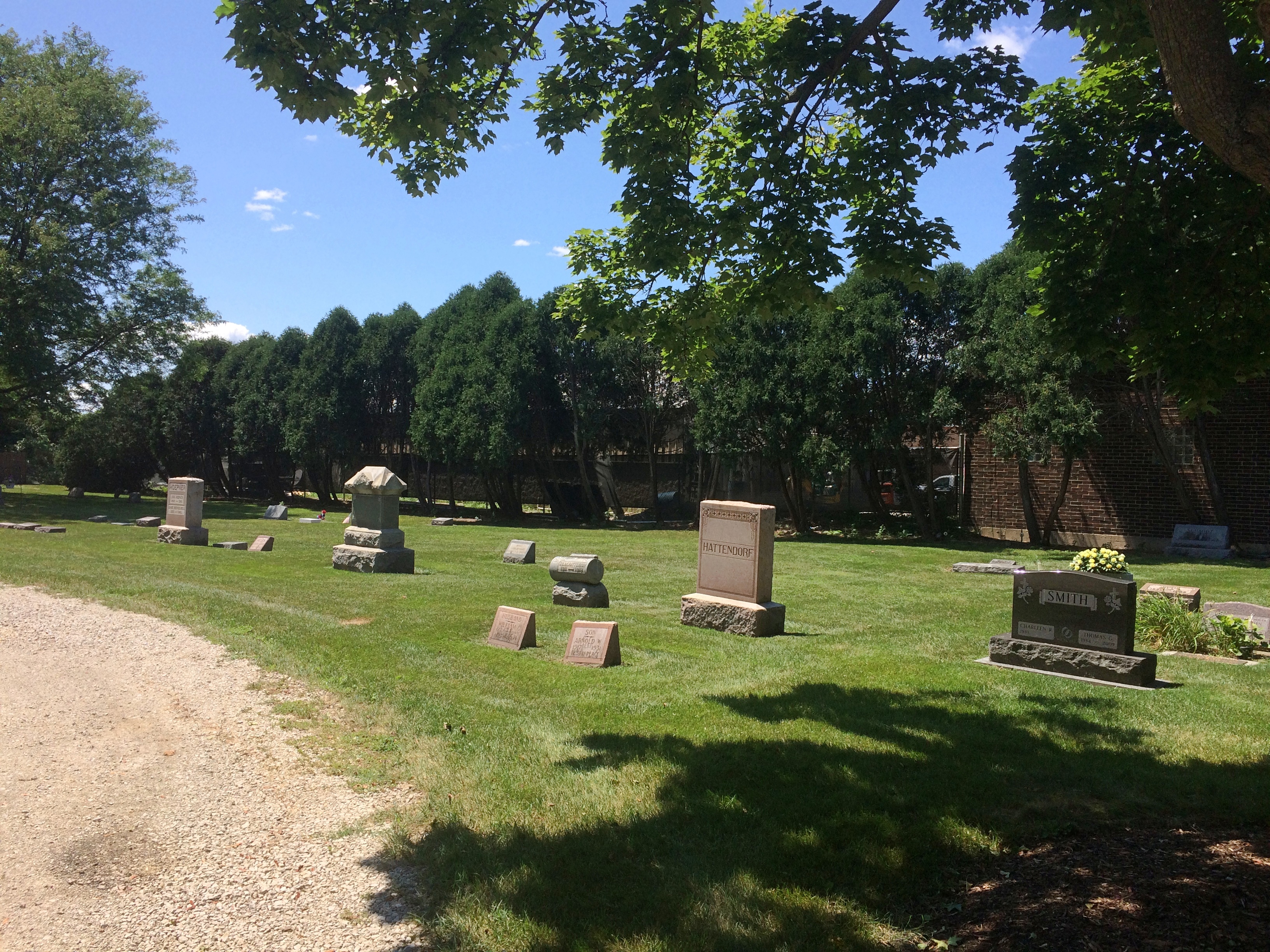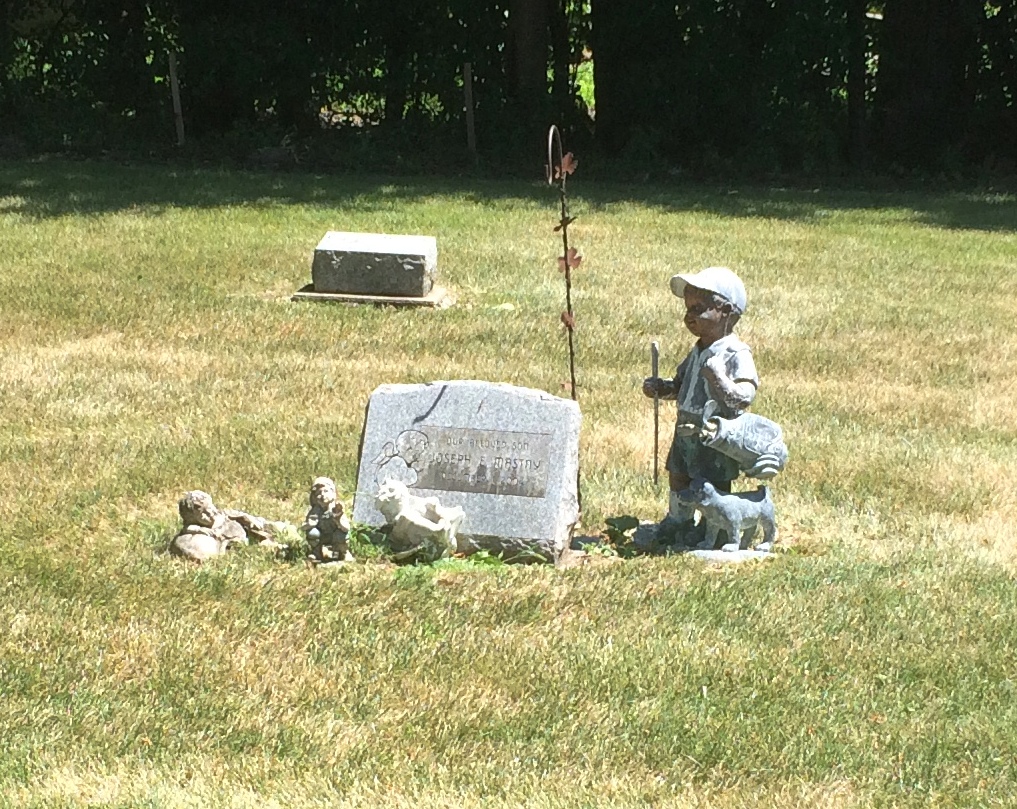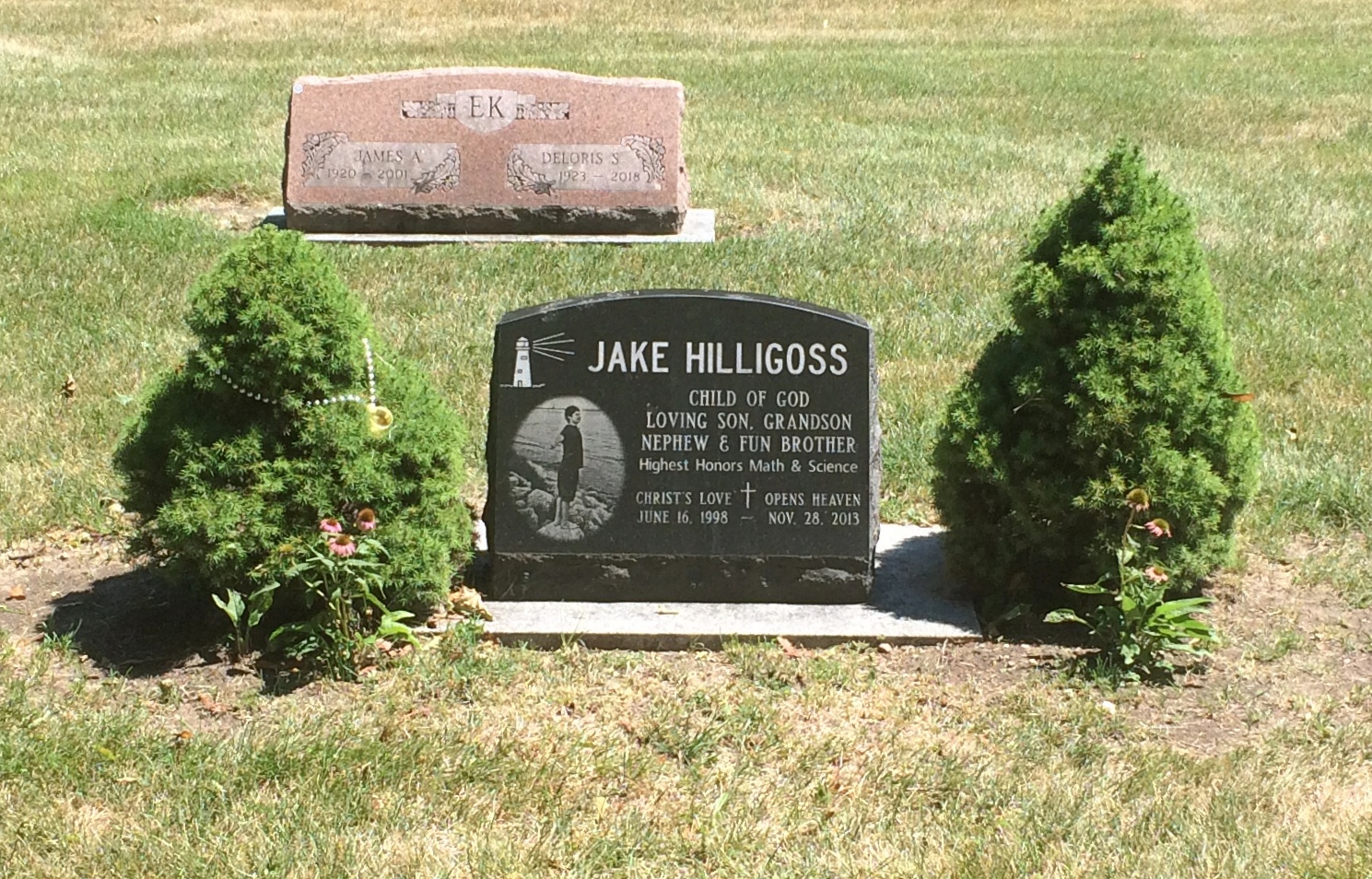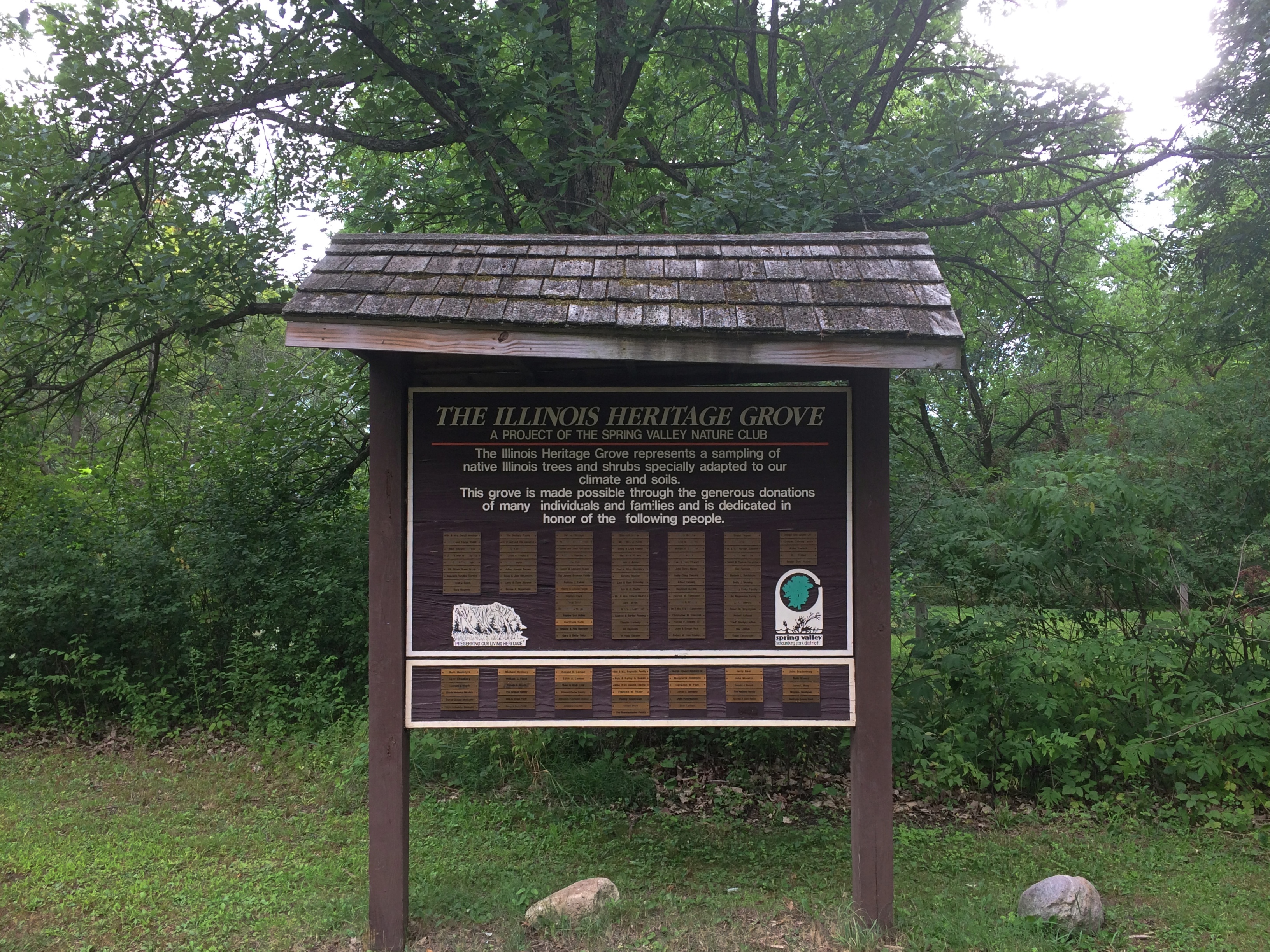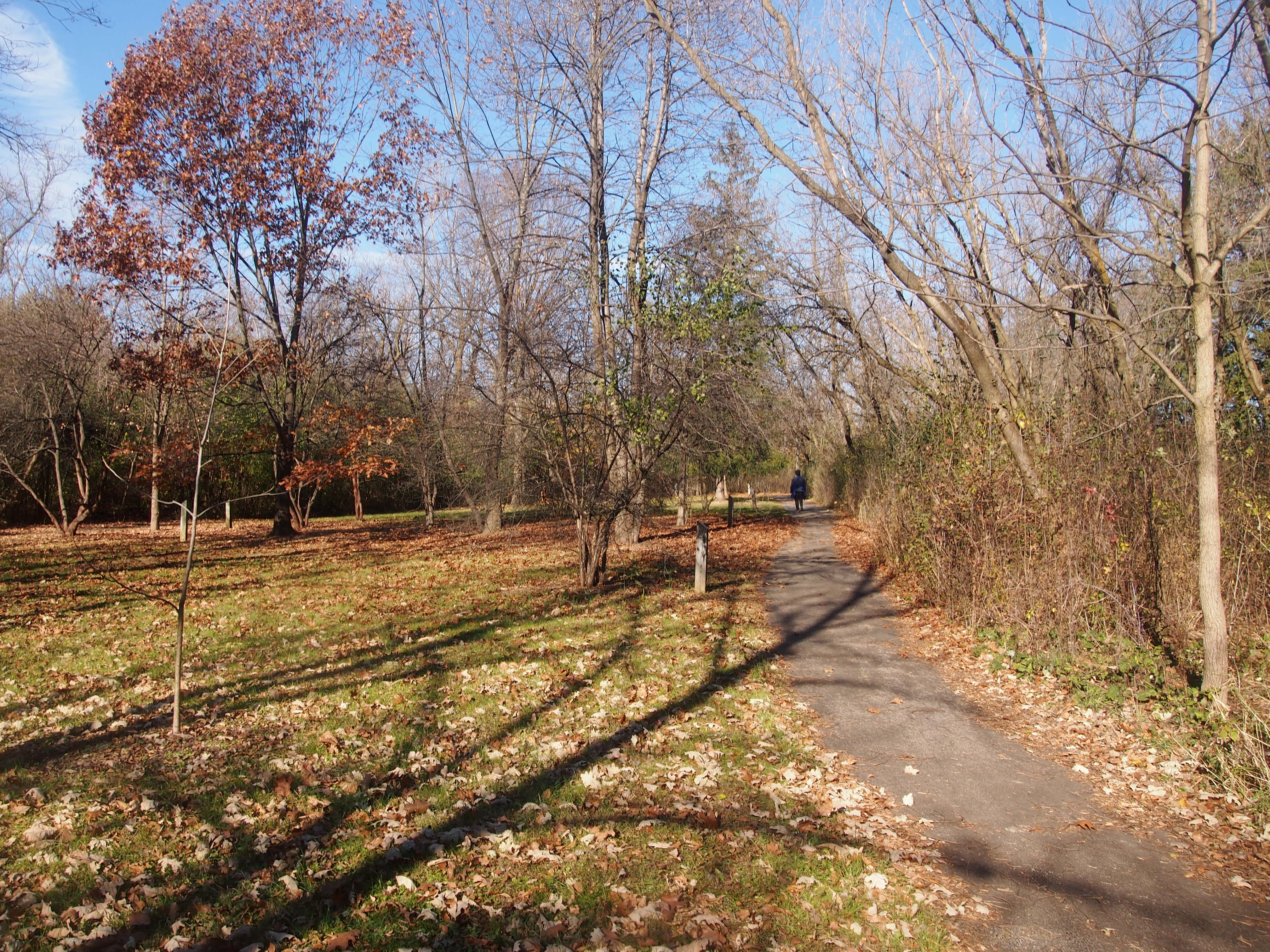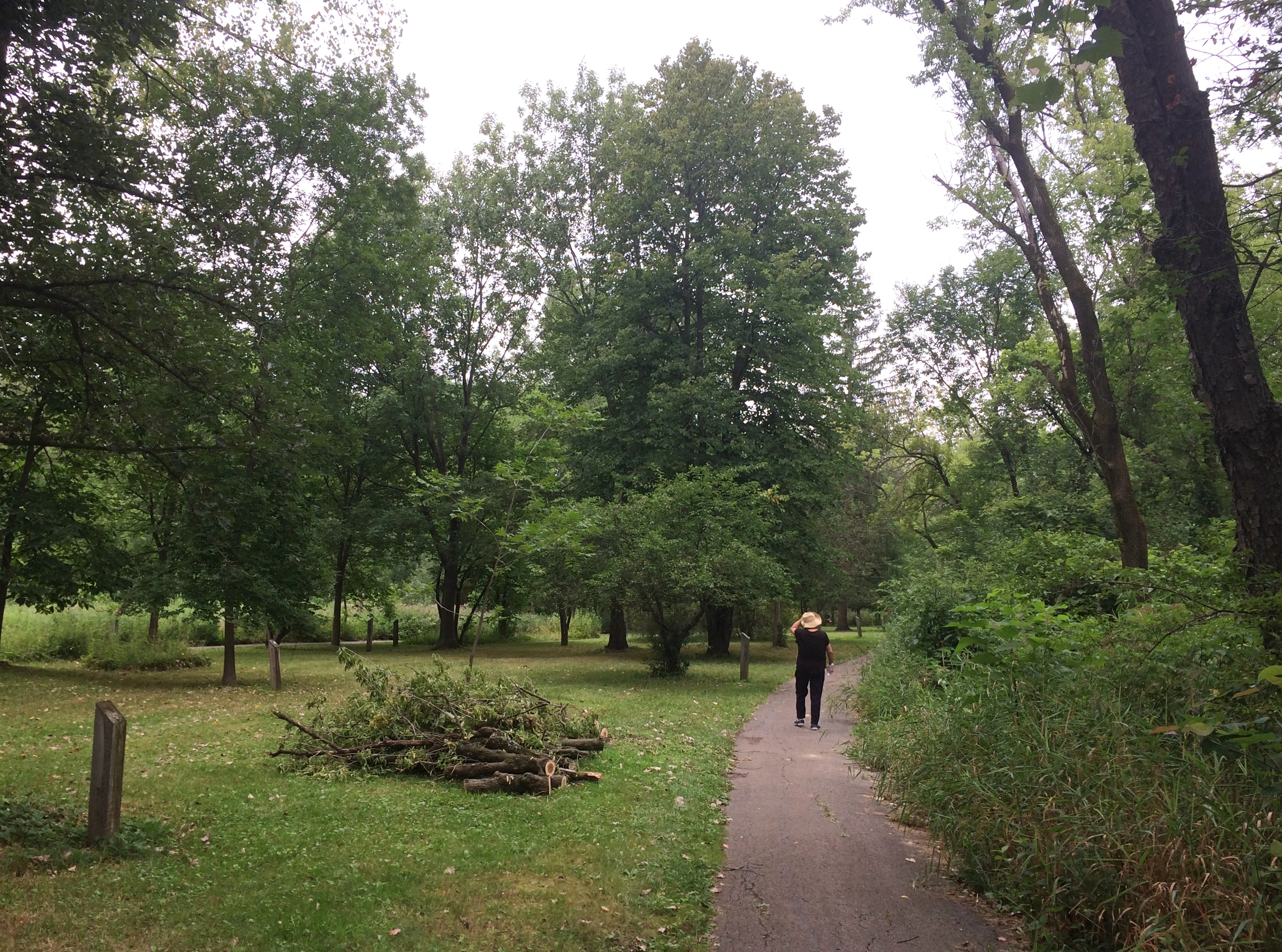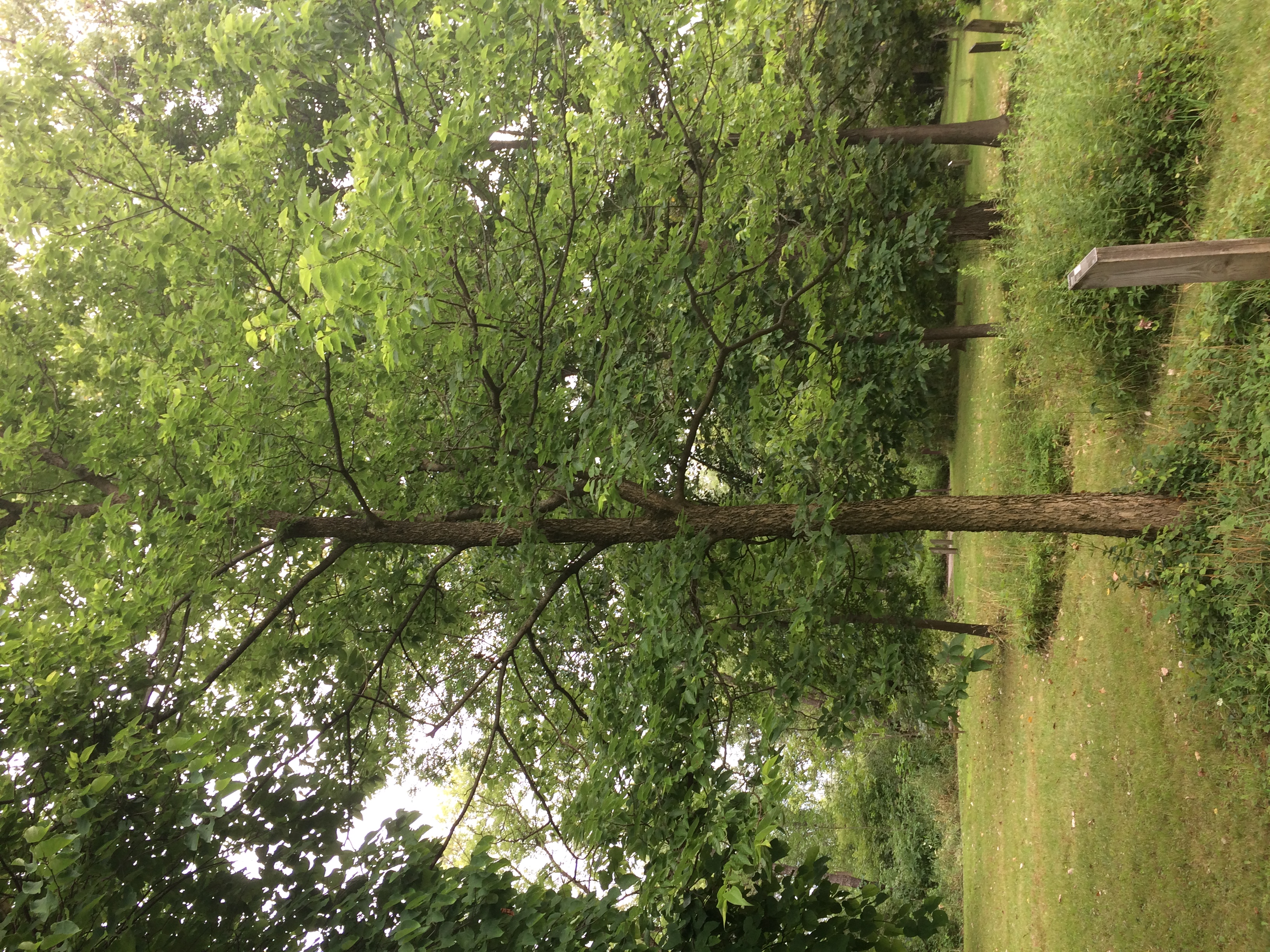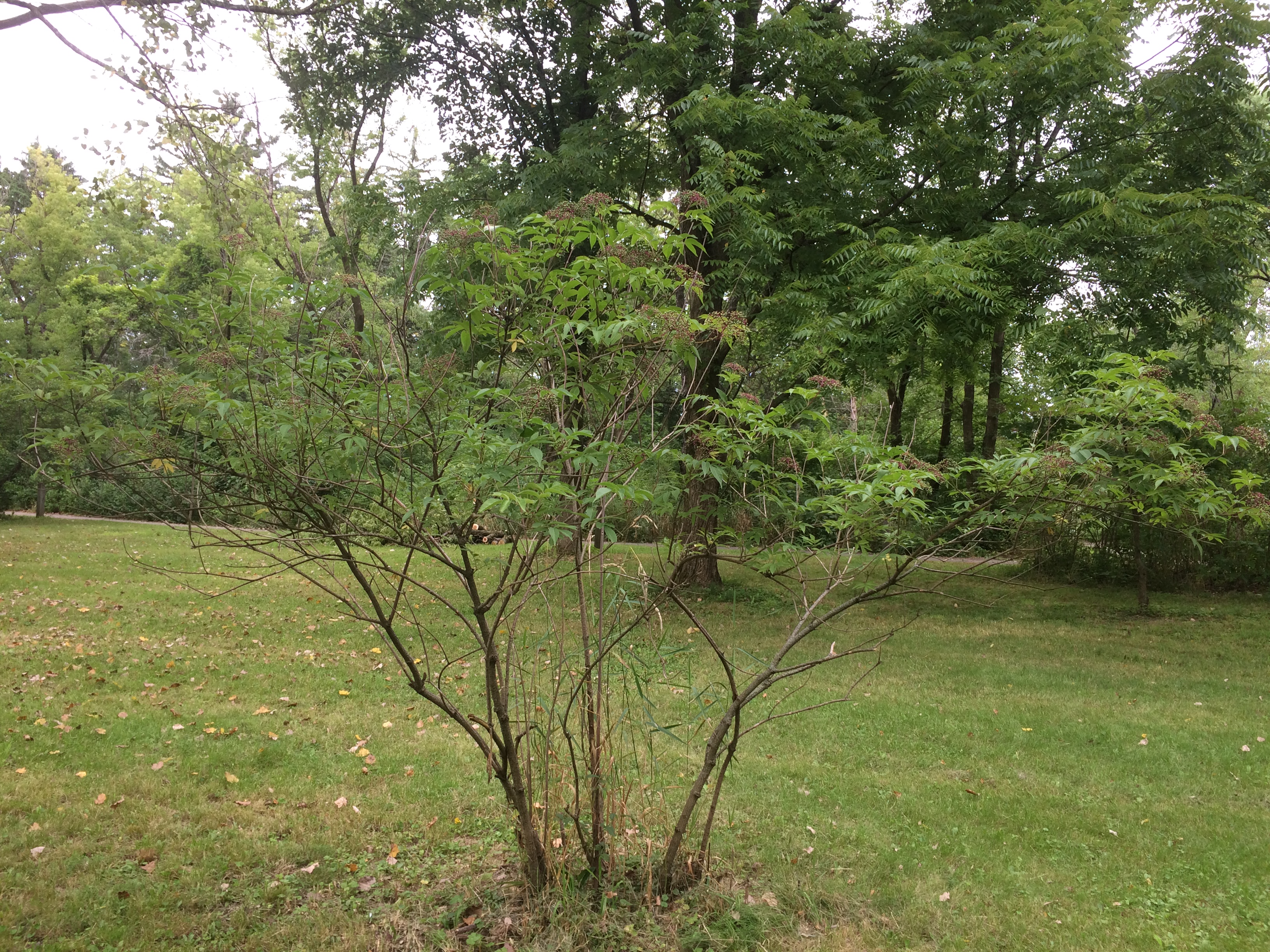Over the years in mid-August I’ve sometimes spent time in the back yard after midnight, looking up for the Perseids. Not a lot of time, since my sleep habits are fairly regular, and the washed out suburban skies aren’t the best for any kind of observation. So usually I don’t see much.
Just after midnight today, Thursday — about a day after peak — I saw one bright meteor whiz by Cassiopeia. Nice.
A recent Zoom.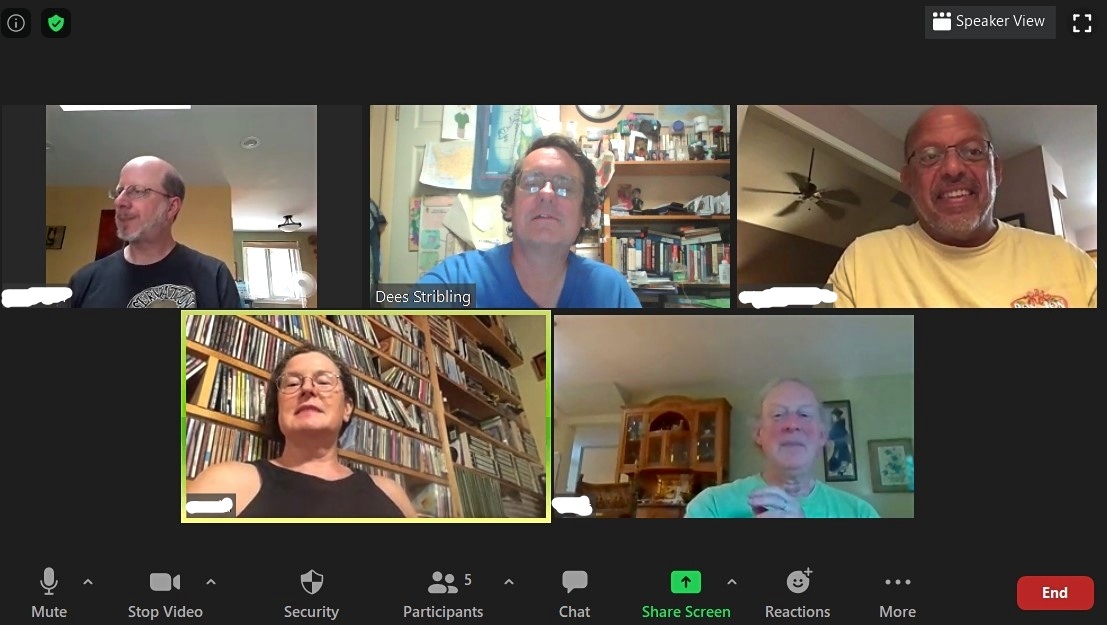
Two in Washington state, two in Tennessee, and one in Illinois. There’s another social Zoom tomorrow night for me, involving an entirely different group: besides two in Illinois this time, there will be three in Georgia, including some people I haven’t seen in about 20 years.
I’m using a free Zoom membership, which specifies only 40 minutes per meeting. Yet so far there has been no time limit for me. I figure that’s like the old dope peddler giving out free samples for a little while.
The Perseids and dope, at least one kind of it, bring to mind “Rocky Mountain High.” It’s a lovely song and a paean to the Colorado Rockies, which certainly deserve one. I understand that watching the Perseids while up in the mountains was part of John Denver’s inspiration for the song.
Colorado Rocky Mountain high
I’ve seen it raining fire in the sky
Then of course, there are these lines:
Friends around the campfire
And everybody’s high
Denver denied he was singing about anything as crass as chemical enhancement under a sublime firmament. Those friends were just high on nature! But I believe he was bending to popular prejudice at the time, saying what he felt he had to say.
One other thing about the song, its least likable aspect. Early in the song, a young man comes to the mountains: He was born in the summer of his 27th year. I’ll take him as a stand-in for Denver. That’s fine. Discovering new places that touch your soul counts as a good thing. Later, however, the song bemoans people moving to the area: more people, more scars upon the land.
I’ll give Denver the benefit of the doubt when it comes to conservationism. I’m sure he was genuinely concerned about the state of the environment, especially the mountains he loved. Yet the song pretty clearly contains the following sentiment, even if unconsciously on Denver’s part: it’s OK for me to be here, but not you.
 Till then, it’s a mild balm for the worldwide pervasive melancholy, if you happen to be around here.
Till then, it’s a mild balm for the worldwide pervasive melancholy, if you happen to be around here.